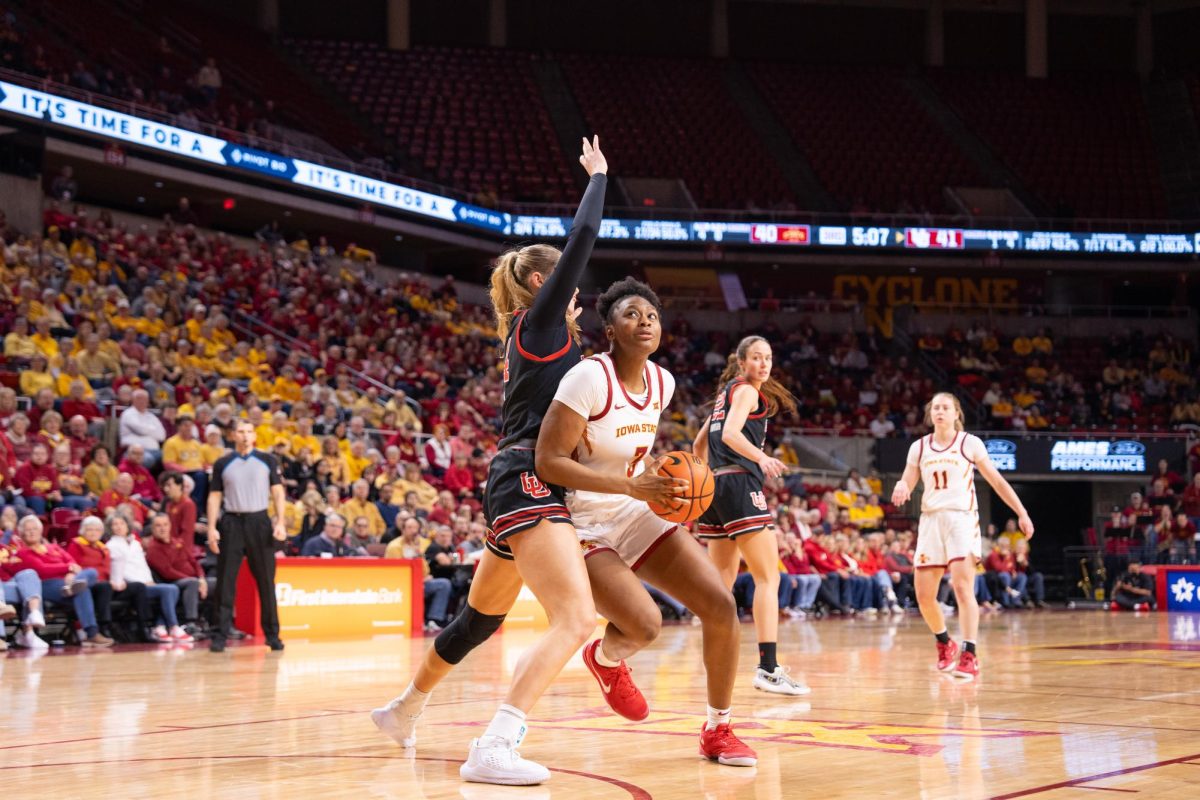ISU researchers to examine lives of runaways
April 19, 1999
Beginning this summer, Iowa State researchers will begin interviewing 400 runaway adolescents to study over the next three years.
Les Whitbeck, professor of sociology, and Danny Hoyt, associate professor of sociology, will build on a previous study of runaways they conducted with Ana Mari Cauce of the University of Washington.
The project is being funded by a $3 million grant from the National Institute on Mental Health.
The new study will examine the lives of runaway youths as they progress into adulthood, which Hoyt said has never been done before.
“It’s exciting to be able to do something new,” he said. “We often see resilience in kids, those who were able to survive. We are interested in looking into what adolescents do or have that make this happen.”
This summer, caseworkers will interview groups of 50 youths from the same five Midwestern cities Hoyt and Whitbeck studied previously. The cities are: St. Louis, Kansas City, Mo., Wichita, Kan., Lincoln, Neb., and Des Moines.
In three years, the researchers will track down the same youths they interviewed this summer by contacting homeless shelters and outreach programs.
Researchers will use the interviews to diagnose the physical and mental state of the runaways and will look for indicators of post-traumatic stress, substance abuse, conduct disorder and depression.
“What we’ll do is establish that the kids screen positive for any of these psychological disorders and then follow them across time,” Whitbeck said. “Just being on your own as a kid has to be psychologically traumatic. The idea is to see not only what happens to the kids but also the psychological consequences a homeless experience causes.”
The previous study looked only at symptoms of aberrant behavior, substance abuse and depression manifested in 600 youths.
“We were able to learn a lot about these kids, but nobody knows what happens to these kids when they grow up, so we decided to extend the study,” Whitbeck said. “We want to go back to the agencies and collect a new sample of kids age 16 to 19 and follow them for three years, checking in with them on three-month intervals.”
Whitbeck and Hoyt will have help tracking the subjects with the assistance of a network of agencies who work with runaways called MINK (acronym for Minnesota, Iowa, Nebraska and Kansas), which works with runaway youths in the Midwest.
Laurie Jackson, MINK chairwoman, is a supervisor at the Synergy youth shelter in Kansas City, Mo. She worked alongside Whitbeck and Hoyt during the last study and plans to help them again this summer.
For their previous study, Hoyt and Whitbeck located runaways at the youth shelters, drop-in centers and outreach programs in the various cities that are associated with MINK, she said.
To assist with the study, Whitbeck said they will hire nearly eight case workers who will spend much of their time on the street trying to keep in touch with the subjects. The caseworkers will build a case study sample for the researchers while working with shelters in the five cities.
Jackson said the study will greatly benefit the agencies associated with MINK.
“Hopefully, this study will help us learn what interventions will work best with the kids … ,” she said.
The original study has allowed Whitbeck and Hoyt to write a book called “Nowhere to Grow: Homeless and Runaway Adolescents and Their Families” scheduled to be released this summer.






